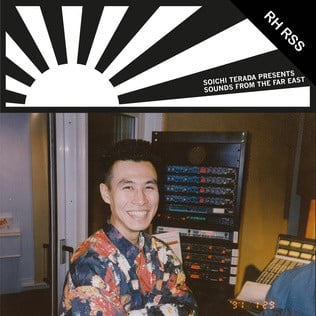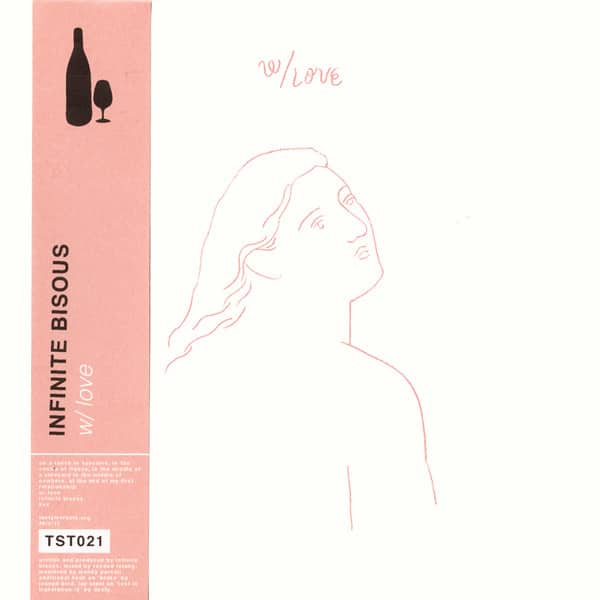Description
début mai 2021
* Wonderful edition with insert and OBI strip
* Limited to 300 worldwide only
* Including works of legendray Japanese pianist Masahiko Satoh
A fantastic percussive album performed by the Osuwa Daiko Preservation Society and veteran jazz pianist Masahiko Sato. A great blend of avant garde and traditional music recorded at Osuwa Daiko’s dojo in Okaya City, Nagano, Japan. The Suwa Daiko is a tradition of Kagura (sacred music and dance) and drums of the Suwa Taisha Shrine that enshrines the life of the Takeminakata (one of god in Japanese mythology). It is a folk performing art that is recorded in an ancient document of the “Koshin-etsu-Senroku” (Koshin-etsu War Record). The document says that it is also medieval military music. Shingen Takeda (1521-1573), who was a great warlord in 16th-century known for his equestrian corps said to be the strongest in Sengoku period, formed 21 people of Suwa Daiko and raised the spirit and willingness of the Takeda army soldiers by Suwa Daiko at the battle of Kawanakajima (1553-1564). Mr. Daihachi Oguchi has collected traditional drums with different tones of various sizes and created an original group drum. He opened 15 branches nationwide, 12 branches overseas such as San Francisco, New York, Chicago, Toronto, Singapore etc. and helped spread the Suwa Daiko worldwide. Osuwa Daiko Preservation Society is an intangible cultural property that inherits the will of Daihachi Oguchi. This album was recorded at the Osuwa Daiko Preservation Society dojo in Okaya City, Nagano. One of the two songs is created as DTM by veteran jazz pianist Masahiko Sato (studied at Berklee College of Music in 1966-68 and has many awards). His DTM adds unique musicality to this traditional sound and makes it lively and original. Also, the artwork was licensed to use “Shingen Takeda statue” drawn by Tohaku Hasegawa (1539-1610) was the highest painter played an active part from the Azuchi Momoyama to the early Edo period. Now many of his works designated as national treasures. It is an important cultural property in the Seikei-in Temple at Mt. Koya.



